A Florida Pompano is a species of fish in the taxonomic genus Trachinotus. Researchers place this fish in the Carangidae family. Other members of the family include the jacks, trevallies, amberjacks, lookdowns, and more. Read on to learn about the Florida Pompano.
Description of the Florida Pompano
This species looks quite similar to other pompano species. Their bodies have a narrow and tall shape and a forked tail. They have silvery coloration on their scales, and yellow markings on their fins. This species looks similar to the permit, but does not reach nearly as large.
On average, they reach about one foot long. Most individuals weigh about a pound. The largest individuals measure about two feet and weigh about eight pounds.
Interesting Facts About the Florida Pompano
These fish have a number of interesting traits and adaptations. Learn more about what makes this species unique, below.
- For Sport – Many people target this species while fishing recreationally and for sport. Despite their name, people fish for this species from Virginia all the way to coastal Texas. Despite this fishing, they have stable populations.
- Fish Farms – People enjoy eating this fish so much that some people raise them on fish farms. The species grows very quickly, and people buy the species at a relatively high rate for their meat.
- Far Flung – Though this species does have high popularity in Florida, people can catch this fish elsewhere as well. The fish lives along much of the East Coast of the United States into the Gulf of Mexico. In fact, people catch them frequently at offshore oil rigs in the Gulf.
Habitat of the Florida Pompano
This species utilizes several different types of habitats. Some of the different habitats that they use include coastal regions close to shore and within the surf zone, bays, offshore regions, estuaries, inlets, and more. Fish of different ages and sizes utilize different habitat types.
Distribution of the Florida Pompano
Despite their name, this species lives across a large expanse in the Atlantic Ocean. It ranges along the coast of North America from Massachusetts to Florida and into the Gulf of Mexico to Central America and South America. You can primarily find this species along the East Coast of the United States.
Diet of the Florida Pompano
This fish feeds on different prey depending on its age and size. Younger, smaller fish tend to feed primarily on small invertebrates, such as fish larvae, shrimp, crabs, plankton, copepods, and more. Adults eat clams, small fish, crabs and other crustaceans, worms, and more.
Florida Pompano and Human Interaction
People target this species as a food source, and they have a high popularity in sportfishing. Raising this fish in a fish farm or aquaculture setting has also grown in popularity. People enjoy the taste of this fish, and describe its meat as mild but flavorful.
Though fishing has caused some regional population decline, the IUCN lists the species as Least Concern.
Domestication
Humans have not domesticated this species in any way.
Does the Florida Pompano Make a Good Pet
No, you wouldn’t want to keep this fish as a pet. People do not generally keep them in home aquariums.
Florida Pompano Care
Some commercial aquariums keep this species. They keep them in schools, and house them in large tanks with plenty of space for the fish to forage and exercise. Some aquariums keep the fish in mangrove style enclosures that replicate estuaries and similar habitats they might experience in the wild.
Behavior of the Florida Pompano
These fish live in groups known as schools. The schools generally spend their time swimming through the surf along sandy beaches in search of bottom-dwelling prey. Multiple schools come together in large numbers during the breeding season to spawn.
Reproduction of the Florida Pompano
These fish reproduce via spawning, where the female releases her eggs and the male fertilizes them outside of the body. The spawning period varies based on the region, but most breed in spring and summer.
The young hatch as a larval form, and float freely in the water column for a period of time as they grow. They reach sexual maturity when they are between one and three years of age.


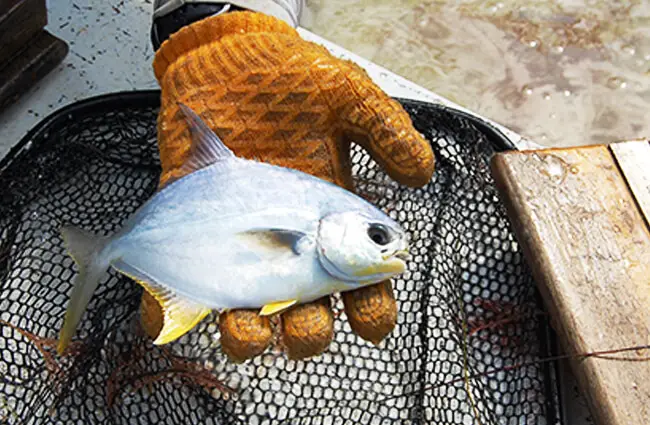


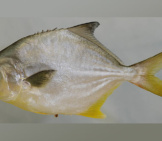
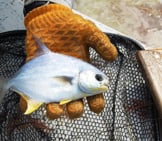
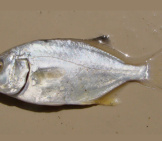
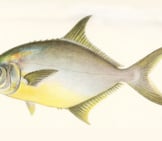
![Red Angus Closeup of a beautiful Red Angus cowPhoto by: U.S. Department of Agriculture [pubic domain]https://creativecommons.org/licenses/by/2.0/](https://animals.net/wp-content/uploads/2020/03/Red-Angus-4-238x178.jpg)












![Red Angus Closeup of a beautiful Red Angus cowPhoto by: U.S. Department of Agriculture [pubic domain]https://creativecommons.org/licenses/by/2.0/](https://animals.net/wp-content/uploads/2020/03/Red-Angus-4-100x75.jpg)

